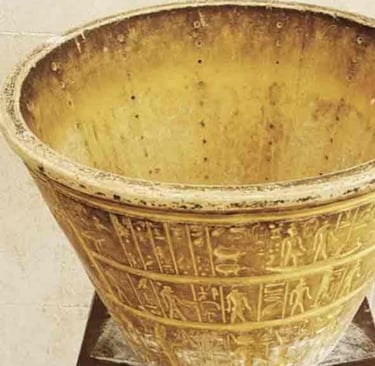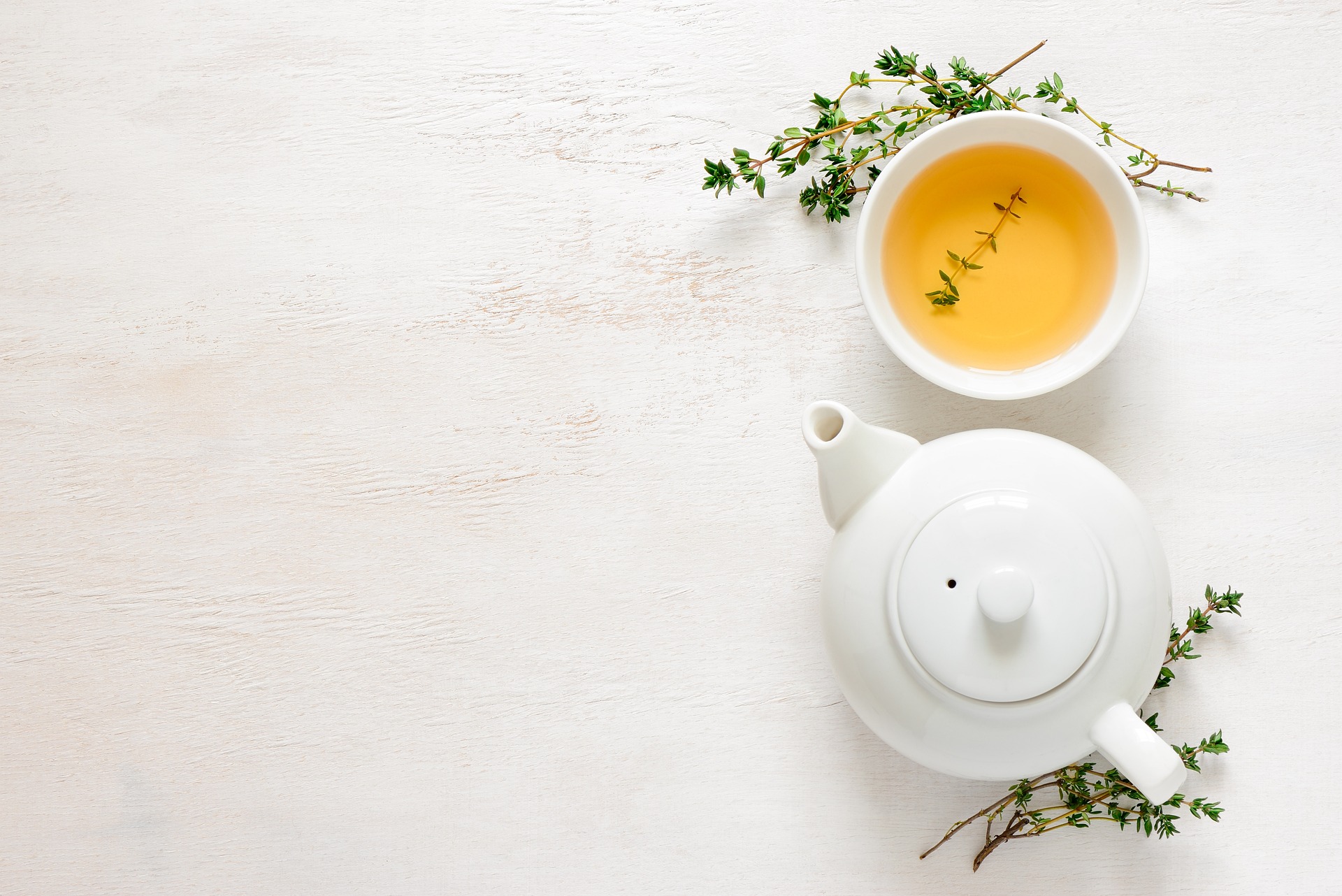The Water Clock🌊 Ancient Timekeeping⏳
Stories About Time: Measuring Moments Through History ⏳🌞🌕 from the chapter "Towards an Understanding of Linear Time" from the History Album. In this chapter we invite children to a journey through the fascinating evolution of timekeeping. Starting with observing the Sun🌞, and people who first noticed the movement of shadows to mark the day, to the people who noticed the phrases of the Moon 🌙, and tracked the lunar cycle to create months, these stories uncover humanity’s inventive ways of measuring moments.Children will marvel at ancient innovations, like sundials and lunar calendars, and explore cultural contributions, such as candle clocks 🕯️ and water clocks 🌊, that paved the way for modern timekeeping. Each story weaves history, science, and culture, showing how humans connected with the natural world to organize their lives. 🌿✨Through these narratives, children will see time not just as a number on a clock, or passing month on the callendar, but as a rich legacy of human curiosity and creativity. With hands-on activities like building sundials and journaling moon phases, they’ll become modern-day timekeepers, inspired to ask, “How did people measure time before clocks?” and “What can I discover about time?”This vivid exploration links the past to the present, sparking imagination and a deeper appreciation for the ingenuity of those who came before us. 🌍✨
HISTORY STORIES
12/11/20244 min read


Do you remember how, long before clocks, people used shadows to measure time during the day? They planted a special stick called a gnomon 👏 Gno – mon 👏! and marked the shadow as it moved across the ground. This invention, the sundial👏 Sun – dial 👏!, helped people tell the time on sunny days. But there was one problem… 🌧️ What happened when the clouds covered the sky? Or when night fell? The sundial couldn’t work without the sun!And because humans are great at solving problems, they found another way to track time—this time with water! 🌊
5000 years ago, in 3,000 BCE, people in Mesopotamia and ancient Egypt who lived near great rivers noticed something amazing about water: it flows steadily, drop by drop. Whether it’s dripping 💧, pouring, or trickling down a stream, water flows steadily. “What if we could use this steady flow to measure time?” they wondered. And so, the first water clocks were invented!
The earliest water clocks, called drip clocks, were just simple bowls filled with water. People poked a small hole in the bottom of the bowl and placed it over another container. As the water dripped out, they marked the inside of the bowl to show the passing time. Remember the marks which people made with the help of the gnomon? This time, water was the helper for making these marks. These marks worked just like the numbers on a clock face, showing how much time had passed.
In ancient Egypt, water clocks became more sophisticated. Around 1,500 BCE, priests used beautifully carved stone clocks and named them clepsydras 👏 Clep – sy – dra 👏. Their job was to measure time during nighttime rituals. The word clepsydras comes from two greek words and means "to steal water." These clocks were nicknamed “water thieves” because they “stole” water drop by drop to measure time.
The Greeks, living around the Mediterranean Sea and trading with the Egyptians noticed this marvelous water clocks and even improved them. So around 500 BCE by adding gears, floats, and even alarm. Imagine hearing a sound when the water reached a certain level—just like an alarm clock! ⏰ One of the most famous Greek philosophers, Plato, used a water clock in his academy to keep track of time during lessons. In fact, Plato’s water clock could even sound an alarm—a whistle that signaled when time was up! Imagine hearing a water-powered alarm clock over 2,000 years ago! ⏰ This clever invention used a system of dripping water to fill a container, which triggered a whistle or sound when it reached a certain level (you can demonstrate this using a water whistle).
Judges in Greek courts used water clocks to time speeches during trials. When the water ran out, your time to speak was over! Speakers had to be very careful when they were chosen to speak, as they couldn’t babble on for hours!
Soon water clocks spread all over the world and became so important that they were used not only in temples and courts but also to organize daily life in places like India, China, and Persia. They were one of the most important tools for measuring time in the ancient world. 💭 I wonder… How did people decide on the size of the bowl or the hole for their water clocks? What would you have done to make them more accurate? 🌊✨
While water clocks were clever, they weren’t perfect. In hot weather 🌞, the water could evaporate, making the clock run too fast. In freezing temperatures ❄️, the water could turn to ice, stopping the clock entirely. People from Greece did more experiments related with keeping the track of the time and decided to combine the knowledge of water clocks with the shadows of the sundial, and even use the wind. Imagine a place where all these timekeeping tools came together in one magnificent structure. In ancient Greece, such a place was built.🏛️ But how did it work? This is a story for another day… 🌬️✨”
If children research further the alarm clock which Plato invented, they will eventually discover other clocks which he invented, and how his interest in timekeeping inspired innovations that were used in his academy to structure lessons and activities, showing how ancient thinkers combined science and practicality to solve everyday problems.
Follow-Up Activities
Build a Simple Water Clock:
Use two plastic cups. Poke a small hole in the bottom of one and place it over the other. Fill the top cup with water and mark how long it takes to drain completely. Try different hole sizes to see how the flow changes!Explore Ancient Designs:
Look up pictures of Egyptian clepsydras, Greek water clocks, or even Plato’s alarm clock. How are they similar to or different from modern clocks?Compare Clocks:
Compare your water clock with a sundial. Which one works better and it is more accurate?
This story is part of the following Clock Stories Series which can be turned into Drama Play or Storybook Compilation.
Ancient Timekeeping
🌞 The Sun Watchers ~3500 BCE
🌊 The Water Clock Wonders ~1500 BCE
🏛️ The Tower of the Winds ~50 BCE
Medieval Timekeeping
🕯️ The Candle Clock ~980 CE
🌌 Su Sung’s Astronomical Water Clock ~1092 CE
⏳ The Hourglass Sand Masters ~14th Century
🛎️ The Mechanical Church Bells Chime ~14th Century
Science in Timekeeping
🌟 Astronomical Marvel: The Prague Clock ~1410 CE
🌍 Galileo’s Pendulum Discovery ~1602 CE
🕰️ Pendulum Perfection ~1656 CE
Modern Timekeeping
🌊 Marine Chronometer ~18th Century
⏱️ The Quartz Revolution ~1920s CE
With Montessori joy,
Vanina 😊

